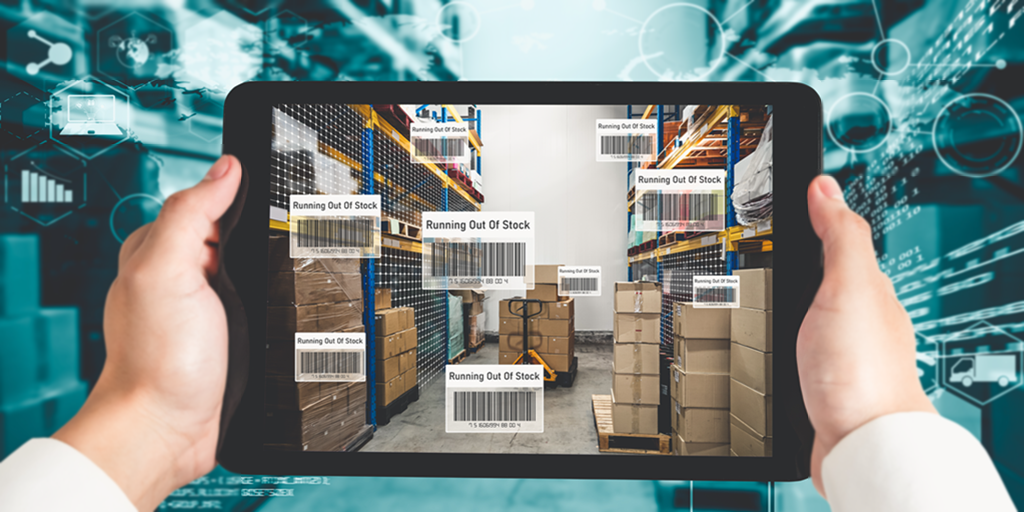
Price optimization is a key process to help distributors achieve optimal pricing levels that simultaneously align with shifting market dynamics, seasonal and historical demand, and customer willingness to pay, ultimately driving business success and financial performance.
Through the use of technology, future-focused distributors can leverage their own data to build strategies that will find the perfect pricing for their audience. In the past, simple volume-based or cost-plus pricing were sufficient, but not anymore. Distributors need a dynamic pricing strategy that integrates internal and external stressors, especially in a quick-shifting market and a supply chain affected by economic volatility.
An ideal solution should be also able to provide real-time ready, accurate, and relevant information to decision-makers across the company’s functional silos, but often these solutions are at best, a series of spreadsheets and in the end get applied by a single, very experienced employee, who goes from gut-feeling, since factual data is not readily available.
When a price optimization strategy is properly calibrated thanks to data-backed decision making, it is easy to find the most promising pricing to maximize revenue, profit margins, and other aligned business objectives, for the specific customer you're selling to, and taking into account the real costs of your inventory, even if it came from different supply chain cycles. It considers current market data against known customer behaviors to balance customer value, competitive conditions, and desired profitability, which results in happy customers and higher gross margins across the board.
What is the Process of Price Optimization?
There are several steps necessary to deploy a successful price optimization strategy. You can apply price optimization at your own organization by:
- Defining clear objectives: Pricing objectives must be clear. Leadership needs buy-in to maximize revenue, increase market share, optimize profit margins, and balance supply and demand.
- Revisit current costs: Distributors must conduct a regular deep dive into existing cost structures. Pricing must cover product, operational, and market-specific costs, allowing room for profit objectives.
- Collect and analyze data: Data on historical sales transactions, existing customer behaviors, competitor pricing patterns, and inventory turnover provides a base for optimization. But optimal pricing requires more.
- Segment customer behavior: Marketing has traditionally grouped customers by demographics, including the B2B customer’s business profile, years in business, and decision-makers. But other metrics show multi-layered customer behavioral responses to products, prices, and seasons. Targeting their willingness to pay has proven more challenging.
- Include the market: Price optimization needs marketing trends, seasonal influences, and competitor pricing data. These factors may include unrealized sales opportunities.
What is Price Optimization & Management Software?
Price optimization & management software is any solution that enables this process of optimization for distributors and can automate cost updates and ideal pricing per customer and product. It helps businesses identify current stock performance, demand in the marketplace, competitor pricing, and highlights the best pricing range for your customers. It optimizes your profit margin while improving service levels by providing customers with pricing that adjusts to their needs and takes into account their purchase history.
Why optimization solutions are essential to manage Dynamic Pricing in distribution
With the amount of SKUs that distributors often have in their catalog, as well as the wide diversity in customer behaviors, the amount of calculations necessary to effectively evaluate the best pricing levels for each customer on each product go quickly into the millions.
During economically volatile times, the sourcing costs across your inventory can change suddenly, especially if an order exceeds the existing inventory and you need to supplement it with an additional purchase from a supplier. Often times, these changes can't easily be identified until after the fact, and margin erosion is a real risk, especially when applying old-school methods such as cost-plus only.
For these and other reasons, price optimization can unleash hidden revenue streams for your business. Using solutions that can automatically optimize and manage the fluctuations in costs during economic volatility can make a huge difference. By leveraging data analytics, implementing effective pricing strategies, and overcoming challenges, businesses can enhance their financial performance, strengthen their market position, and drive sustainable growth.
The use of automated, AI-powered, data-backed solutions is not only a competitive advantage--it is also an essential component of strategic decision-making for wholesale distributors aiming to thrive in today’s complex business landscape. Wholesale distributors can unlock their full revenue potential and achieve long-term market success by employing machine learning technologies, which allows them to harness the insights derived from data analytics and predictive analytics to implement strategic pricing techniques.
If you'd like to see how Intuilize can truly make a difference for distributors like you, you might want to read our Case Study: "The Hidden Cost of Manual Updates" where we share real-life examples of wholesalers who managed to save over $250K yearly in margin erosion, thanks to our solutions.
And if you're ready to learn more about how our solutions can specifically help you recover up to 7.6% in gross margin erosion that is a very real risk for distributors right now, attend to our Workshop on June 11th! Register Now and get a consultation with our CEO.









